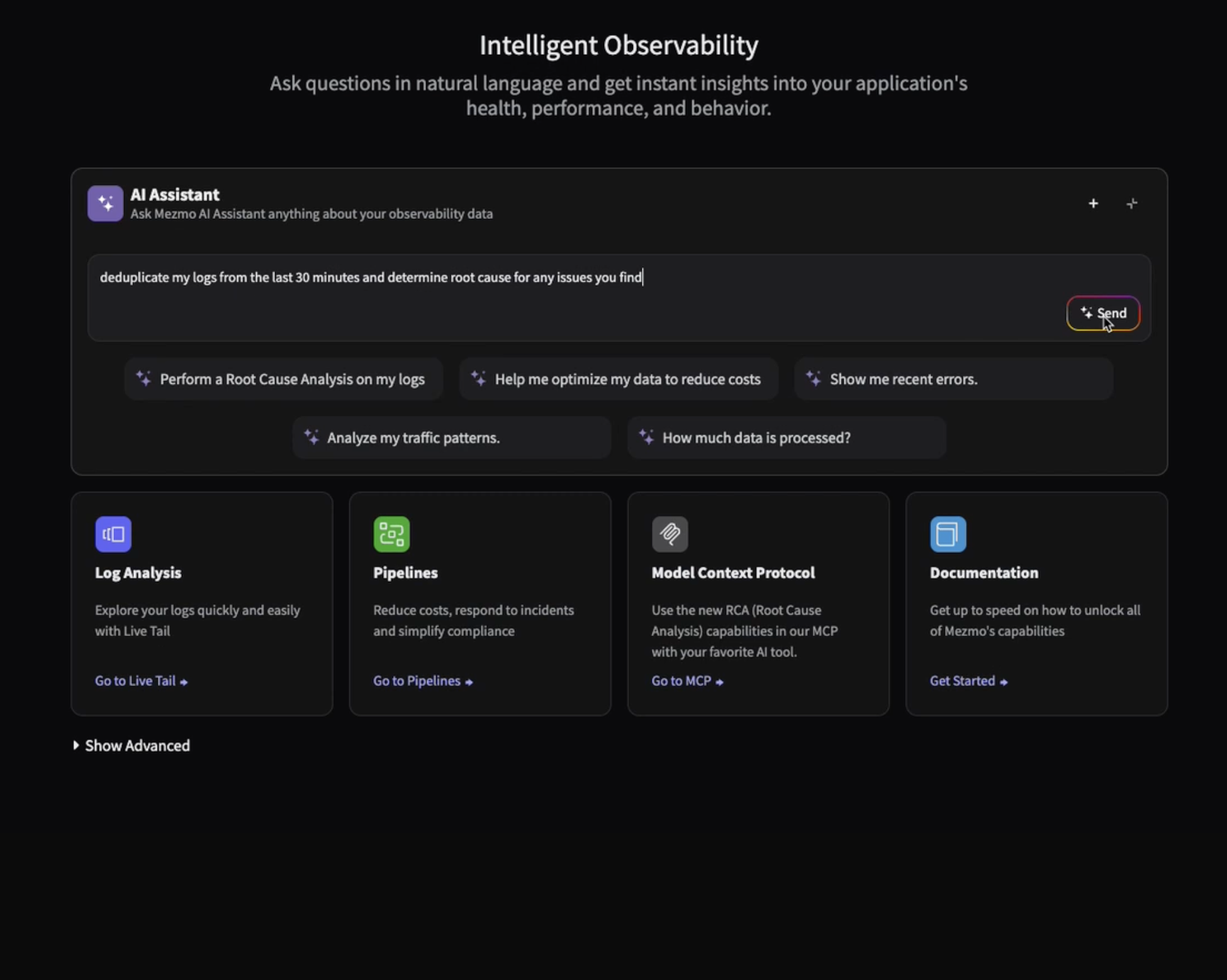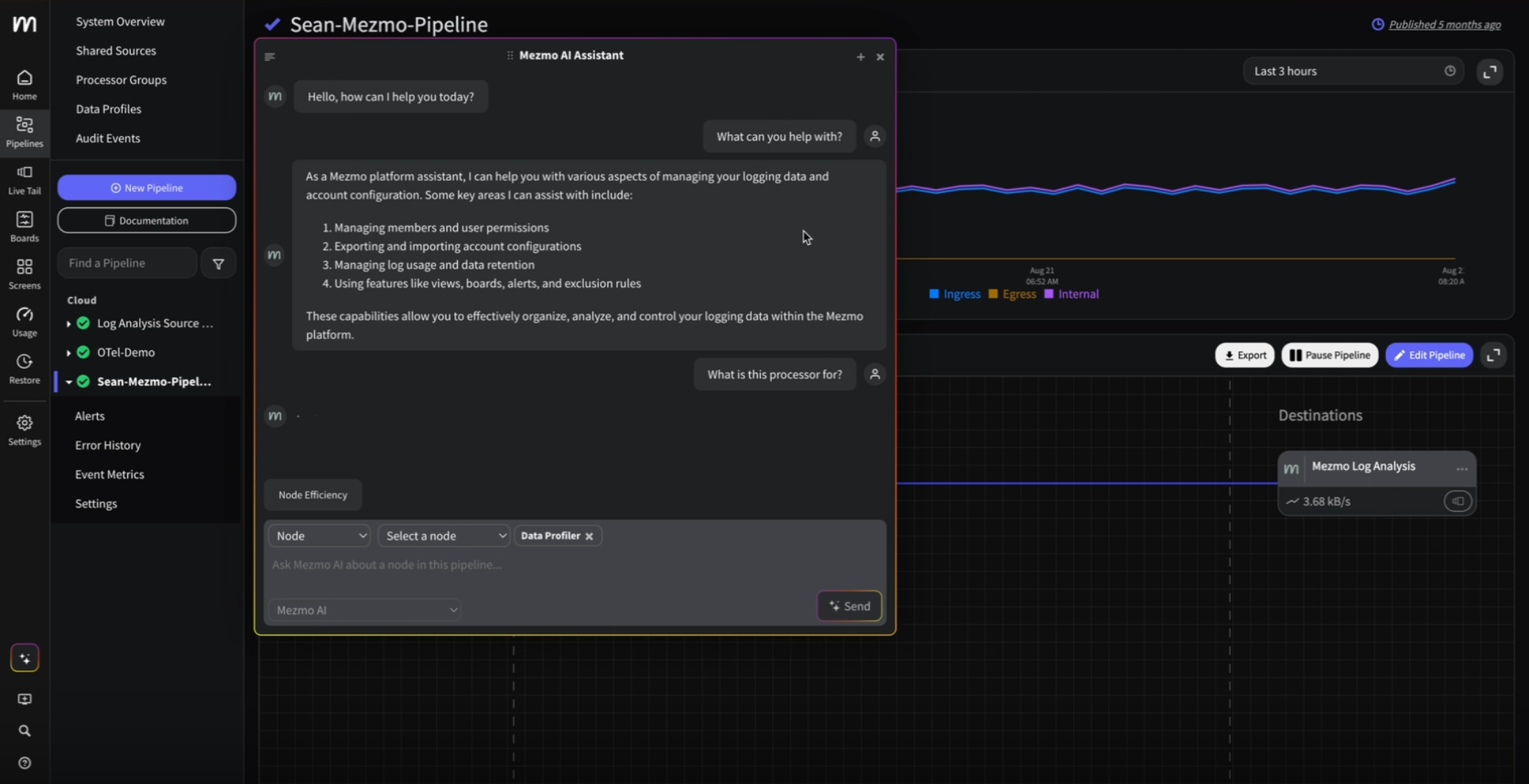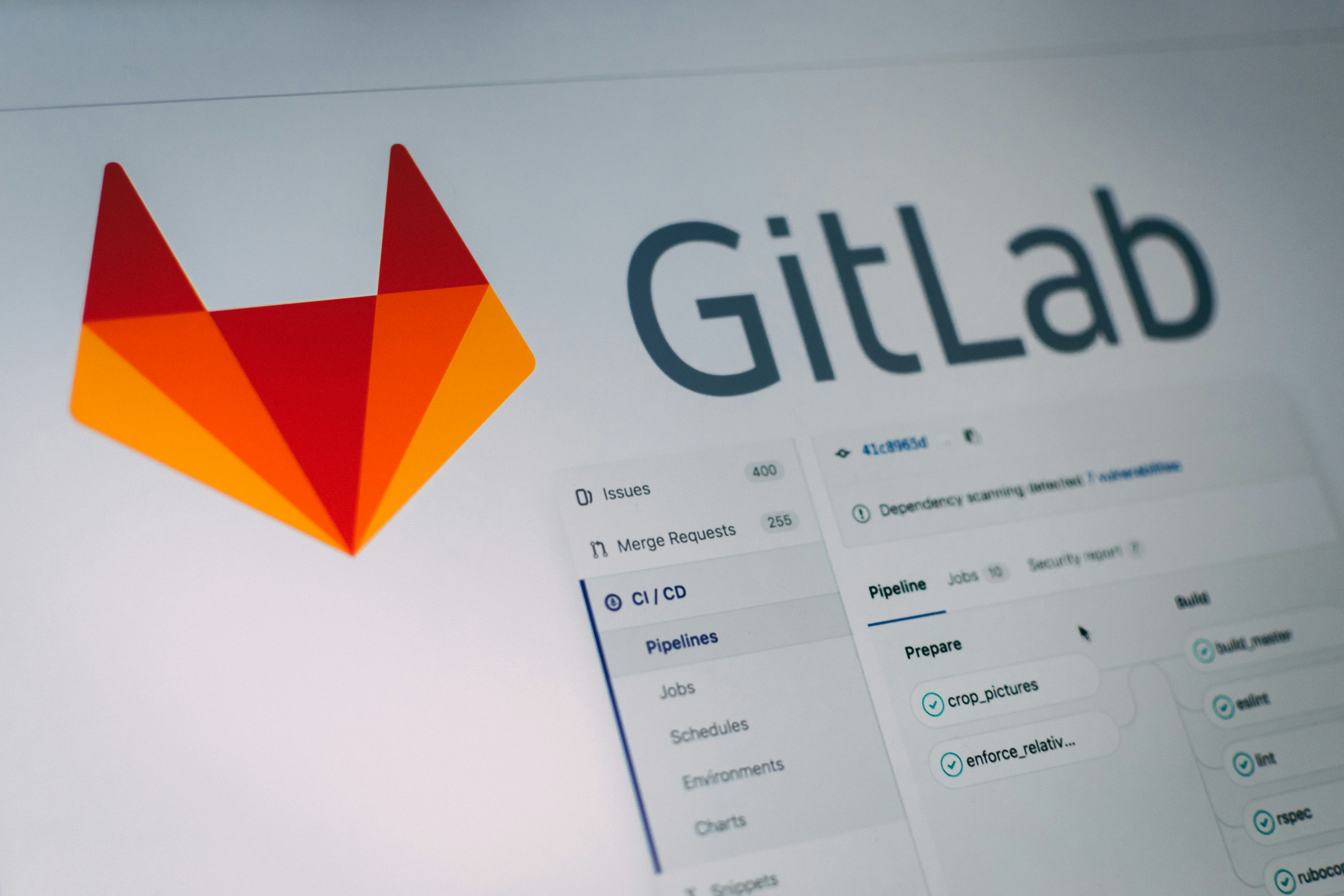How To Choose The Best Log Management Tools And Solutions
As any business running microservices, containerized applications, networking devices, or multiple servers knows, it’s important to get a centralized log management system that fits your company’s unique needs. The best log management tools should empower your business to gain insights, resolve production issues quickly, streamline your DevOps and IT teams, and allow you to work more efficiently.
On-Premise Centralized Logging Solutions vs. Cloud Log Management
There are a few different types of centralized log management tools and platforms. The ELK stack has been downloaded millions of times and is the most popular log management platform if your organization is willing to deploy and manage these open source projects on your own. There are also SaaS cloud logging providers like Mezmo that let you quickly aggregate, live-tail, and analyze your logs in an easily accessible, centralized place on the cloud within minutes. If you are an enterprise with strict requirements on keeping your logs on-premise or self-hosted in your own servers, the historical enterprise logging provider in the space is Splunk. Though the total cost of ownership is cost-prohibitive and the manpower to learn their special search queries and functions. But if your modern deployment environment includes Kubernetes or Docker, very few multi-cloud logging providers exist that was built to seamlessly streamline your logging as you scale other than Mezmo's On-prem, private cloud or multi-cloud solution
ELK - Self-Managed & Open Source Log Management
Many companies opt to self-manage through the Elastic Stack (Elasticsearch, Logstash, and Kibana), basically building your own log management service in the process. Before implementing a custom solution like this, it’s important to consider the costs that come with maintaining and managing your own system. There will be a lot of positive things to note as there will be greater design flexibility, but at the cost of much higher operational complexity. ELK is a collection of open source projects and has the ability to run both on-premise and in the cloud. This has made it a popular choice for companies seeking a log management solution at a low cost. However, there are many long-term and hidden costs as the companies scale - the log volume increases, especially in FTE headcount and building in-house expertise to maintain this custom log management stack. Unexpected behavior and failures manifest as spikes in log volume, which means the logging stack has to be highly available and more reliable than production systems that are failing.
Open source components of the ELK Stack
- Elasticsearch, a search and analytics engine
- Logstash, a log ingestion, and processing pipeline
- Kibana, a data visualization tool for Elasticsearch
- Beats, a set of agents that collect and send data to Logstash
Download this Total Cost of Ownership white paper to learn more.
Centralized Cloud Logging Solutions
Log management tools are not always the easiest to deal with and access with modern software stacks and they are important. When you’re faced with a development issue, one of the easiest things you can use is a centralized cloud log management solution. You don’t want to have to circle through endless text-files in a scattered and chaotic manner nor do you want to dedicate resources in standing up your own centralized solution, create ingestors and parsers before you debug. One of the best advantages of log management tools is that they can be used to easily pinpoint the main cause of any software or application error, within one simple search. Most cloud logging providers have a collection of agents and ingestors that work with popular stacks, frameworks and log types and they abstract common issues with dealing with log volume spikes, dropping log lines, and real-time searching and filtering. What differentiates them is the speed to find what you’re looking for and real-time accuracy of the live tail, especially as your log volume spikes and accumulates. Another great factor is that you’ll be equipped with a visual overview of how your customers are using your software. All of this information in one packaged and single dashboard. Look for a cloud logging provider that can keep up with your volume and grow as you grow and consider how much data retention your company needs. If you are generating terabytes of log volume daily, you might move from cloud solutions to on-prem solutions. Not all logging management tools are created equal. The danger of a shopping list approach to finding a logging provider is the nuance of the ease of use for your team members that in the time and pressure sensitive scenarios they need to use logging tools to get to the root issues, that they can jump right in, get the search results they need right away and step through exactly what is happening in real-time. If you notice the times where your engineering and DevOps teams are figuring out how to resolve a hard issue, these are the conditions under which your log management strategy needs to support. Cloud logging solutions help you focus on building great products instead of having to worry about designing, creating, maintaining and scaling a log management platform. An intuitive user experience that requires minimal or no on-boarding training, fast search results, real-time and accurate live tail views of your systems are areas you’ll want to consider prioritizing in your evaluation.
Self-Hosted Logging: Deploying On Your Own Infrastructure & Hybridization
Often, there are clear requirements in a business to have full control and ownership of all that is happening in your infrastructure whether it’s for compliance, security, privacy. Other managing your own ELK stack, there is a lack of options when it comes to on-premise. Legacy players like Splunk have astronomical costs and FTE costs. Mezmo is one of the few multi-cloud logging providers that draws our expertise of scaling cloud logging for thousands of companies to providing on-premise solutions that work with your infrastructure. We’re the only solution that is tightly integrated with Kubernetes on all cloud infrastructure (GKE, EKS, IKS) as well as Packet and bare metal deployments. This way, you can use your FTE headcount to build great products and know that there are logging experts that will help with your logging infrastructure, hardware, software upgrades, scaling issues. Legacy solutions include expensive hardware requirements and the cost of scaling are important factors to consider. The landscape of enterprise infrastructure also include both on-premise hardware and cloud infrastructure. Amazon S3, Microsoft Azure, Google Cloud Platform all can be used to centralize your log management solution. It will require more setup and focus on the operations and scaling issues than to use a cloud log management solution.The challenges with deploying on your own infrastructure will boil down to the TCO and costs associated to the hardware requirements and strategies in customizing the solution to the requirements of your business, updating the software and scaling to handle spikes, unexpected behavior, and growing pains. Open source projects may not come up with bug fixes and features quickly enough that will support your needs.
How to Choose the Best Centralized Log Management Solution for Your Organization
Every business may have different logging requirements based on log volume, scalability, compliance, or log retention. Here are the main factors to consider.
HIPAA Logging
Healthcare data is incredibly sensitive and important to keep track of and protected. Before the cloud existed the Health Insurance Portability and Accountability Act of 1996 Title II (HIPAA) was the first important law that addressed these concerns.Regulations through the Hitech Act amendment have been created to protect electronic health information and patient information. Log management and auditing requirements are covered extensively by HIPAA as well.
- What protected information being changed/exchanged
- Who accessed what information when
- Employee logins
- Software and security updates
- User and system activity
- Irregular Usage patterns
It’s grown increasingly more important for healthcare professionals and business partners alike to maintain HIPAA compliance indefinitely. Log files (where healthcare data may exist) must be collected, protected, stored and ready to be audited at all times. A data breach can end up costing a company millions of dollars.GDPR (General Data Protection Regulation) is to help companies strengthen and standardize user data privacy all organizations that handle EU citizen’s personal data, regardless of where the organizations themselves are located. PCI compliance is necessary for anyone involved in the processing, transmission or storage of payment card data. Check out more details on Mezmo Compliance.
Log Volume and Retention
You will need to figure out what your daily volume will be, account for data spikes and abnormal behaviors. You’re also going to need to figure out how long to store that data, whether your use cases are for real-time debugging and live tail, or if you have to keep logs for compliance.
Scalability and Flexibility
The cost is going to be an important deciding factor. Pay per gig is one of the most flexible and smartest ways of using a logging platform. Depending on your product, you could go from processing a few thousand logs a day to a few million overnight. Your log management tools needs to grow as you grow.Here is a good checklist to think about when determining your total cost to operate, and what you’ll need out of a log management platform.
- Free trial & easy installation
- Free plan with live tail available
- Ability to track log volume
- Storage retention costs
- User limits & plan of action if they’re exceeded
- Features offered per each plan
- Granular billing rate per GB
- Compliance and security
Comparing Self-Managed vs Hosted Log Management Solutions
When comparing between self-managed and hosted logging systems, be sure to analyze the total cost of ownership. Even though deploying the ELK stack is free to start, it quickly becomes a core part of your infrastructure and will require extra resources, training, and personnel to customize and manage the system indefinitely. As applications grow and succeed, the corresponding log volume and storage needs will change.
10 Components to Look For In Your Ideal Log Management Solution
- Use a framework with flexible output options
- Utilize standard formats like JSON
- Visualization of console logs without direct server access
- Custom formats for storage outside your data center
- User experience intuitive for all users
- Low latency for live monitoring
- Test search performance at full query capacity
- Ingestion time less than a few seconds
- Automatically parsed logs at ingestion
- Easy onboarding and integration for pre-existing systems
Mezmo offers customizable dashboards, the simplest integration, and can seamlessly deploy across cloud, multi-cloud, and private cloud/on-prem to fit your exact logging needs. To get started with Mezmo, sign up for a free trial account (no credit card required!) or contact us with any questions.
.jpg)












.png)
























.png)


































































